Hello and welcome to the world of sports betting!
Of course, when you find yourself in a new land, you may feel lost in the foreign surroundings. But what’s the first thing you should do to feel acclimated? That’s right: learn the language. So, with that in mind, let’s dive into some of the common phrases of sports betting.
Here you’ll learn the terminology you need so that when you’re placing a bet, you’ll know the lingo and your options. That way, all you’ll have to worry about is whether your team scores the right amount of points for victory. But before we dive in, dear reader, here is your first lesson: the “favorite” is the team expected to win and the “underdog” is the team expected to lose. Also, please gamble responsibly.
Click on this link to access the best offer from Caesars!
Your Bet
Definition: The amount you’re wagering. When odds makers release a betting line that you’re interested in, you place your “bet” on what you believe the outcome of a game or contest will be.
Example: The Pittsburgh Steelers are a seven-point favorite over The Tennessee Titans. But you think the Steelers will easily win by 10 points. So you bet on them.
Point Spread
Definition: The margin of victory as determined ahead of time by the odds makers.
Example: The Steelers are a seven-point favorite. So, the point spread is therefore seven points. If you bet on the Steelers, you’re betting they win by more than seven. If they win by seven exactly, that’s called a “push” and neither you nor the sports book wins money.
Money Line
Definition: The easiest way to place a bet. Here, there is no point spread to account for.
Example: The favored Steelers has -150 listed as its money line, while the underdog Titans are listed at +200. If you bet $100 on the Titans and they win outright (again, there is no point spread), you win $200. If the Titans lose, you lose your $100. But if you bet on the Steelers to win, you have to risk $150 to win just $100.
Over/Under (Point Totals)
Definition: The combined total number of points scored by both teams in a game.
Example: If the odds makers believe the Steelers will score 21 points and the Titans will score 13, the Over/Under is therefore 34 points. Bettors can wager whether they think the total score will be above or below that number.
Line Moves
Definition: Just because a line has been set doesn’t mean it can’t move. Lines move for several reasons. For example, heavy betting on one side or new injury information may convince line makers to re-balance.
Example: The Steelers are favored by seven points, but the afternoon before the game, the Titans’ best player is reported injured. The line may then move (or “jump”) to a ten-point or twelve-point spread. When experienced bettors see a line they don’t like, they will often wait and hope for it to move to a more favorable number before the game.
The Vig / The Juice
Definition: The “tax” bettors have to pay the sports books.
Example: The Steelers are favored by seven points, so they will be listed -7, but there may also be a (-120) next to their name. That means that you have to bet $120 to bet $100, just because the team is the favorite. Without this “tax,” sports books may go out of business. For underdogs, the vig can also be positive, however. In this case, you’d win more money than you bet, should the underdog win.
Parlay
Definition: A combination of multiple bets. The odds of winning outright are higher, but so is your payout.
Example: You believe the Steelers will beat the Titans. But you also believe that the Detroit Lions will beat the Indianapolis Colts. If so, you can combine these bets as a parlay. Betting on each team individually could net you, say, $200, if both win. But if you parlay them, you could net, say, $1,000, should they both win.
Teaser
Definition: Here, a bettor can “tease” the point spread down in his or her favor, depending on the number of teams he or she combines in a given bet. This is most common in sports with higher point totals, like football or basketball.
Example: You combine the Steelers (-7) winning with the Lions (-8) winning and, as a result, you can tease each of their point spreads down to, maybe, (-2) and (-3). There is higher risk in a teaser, but there is also greater reward.
Pick’em
Definition: If the odds makers believe the contest has no favorite (and, thus, no underdog), the game will be called a “pick’em.”
Example: In MLS soccer, where teams can finish in a tie, Team A may be evenly matched with Team B. So, the odds makers, thinking it will be a 1-1 game, will designate it a “pick’em” with no spread.
Prop Bet
Definition: An in-game side bet.
Example: While your main bet may be the Steelers beating the Titans, you may make an in-game “prop bet” on the side. You may wager, say, that the first touchdown of the game will be scored by a defensive player or that the first penalty will be committed by a non-starter. There are any number of prop bets one can make, depending on the sports book and the game at hand.



